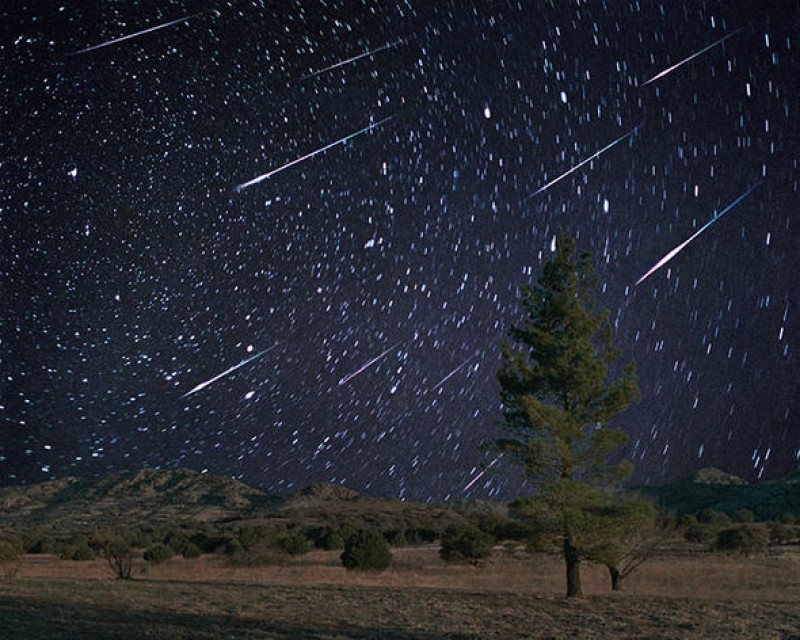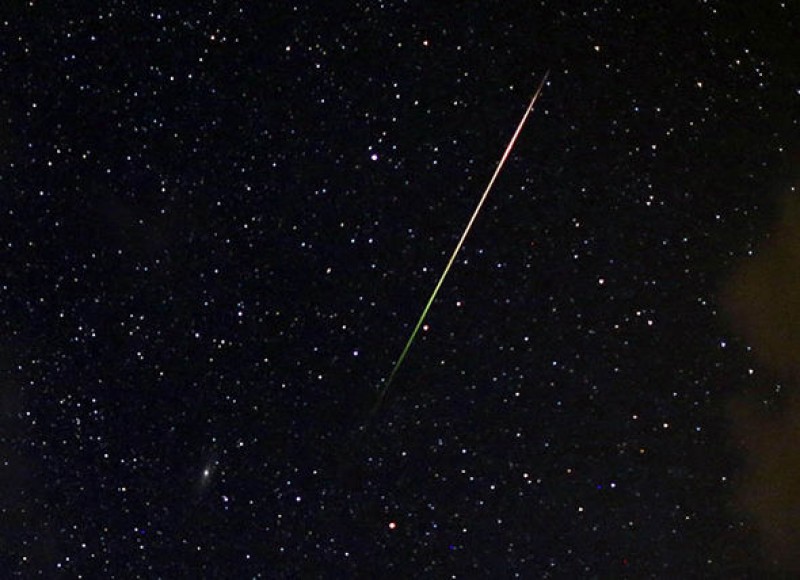
Hundreds of meteors will dash across the sky when Earth passes through the cosmic dust of Comet Tempel-Tuttle tonight.
The annual Leonids meteor shower is set to peak tonight with anywhere between 10 to 15 meteors an hour set to burst out.
How to see the Leonid meteor shower tonight
The best time to see the meteors will be between midnight and sunrise on Saturday November 18.
The shooting stars will appear to arrive from a radial near the stars of Adhafera and Algieba in the constellation Leo the Lion.
Leo can be easily found in the night sky by looking for Leo's sickle – a distinct backward reverse question mark pattern.
But the radial point is mostly irrelevant because meteors streak in a sort of directions.
In fact, American space agency NASA says: “You should not look only to the constellation of Leo to view the Leonids – they are visible throughout the night sky.
“It is actually better to view the Leonids away from the radiant. They will appear longer and more spectacular from this perspective.
“If you do look directly at the radiant, you will find that the meteors will be short – this is an effect of perspective called foreshortening.”

For the most optimal viewing experience, you should lie down with your feet facing east with your eyes taking in the whole night sky.
Stargazers are also glad to know that they can ditch their telescopes and binoculars this time.
NASA said: "Using either reduces the amount of sky you can see at one time, lowering the odds that you'll see anything but darkness.
"Instead, let your eyes hang loose and don't look in any one specific spot.
"Relaxed eyes will quickly zone in on any movement up above, and you'll be able to spot more meteors."
Leonids are some of the fastest shooting stars and travel at speeds up to 71 km (44 miles) per second.You should not look only to the constellation of Leo to view the Leonids – they are visible throughout the night sky NASA
Just remember to give your eyes about 20 to 30 minutes to adjust to the darkness. After that all you need to do is relax and enjoy the spectacle.
But if you find the idea of going out in the late hours bothersome, then you can watch the Leonid meteor shower live stream from the comfort of your home.
Where to watch the Leonid meteor shower?
The best places to watch meteor showers are wide open spaces without any light. Places such as fields or wildlife reserves work best, but your backyard should fine as well.
Do not look at your phone screen or any other gadget if possible.
If you decide to head out, you should wrap up warm and take along sleeping bags, blankets and snacks.

NASA said: "Whether viewing from your front porch or a mountaintop, be sure to dress for success.
"This means clothing appropriate for cold overnight temperatures, which might include mittens or gloves, and blankets.
"This will enable you to settle in without having to abandon the meteor-watching because your fingers are starting to turn blue."
Check you local weather forecasts to find out if cloudy skies will block your view of the meteor shower
Source: Joe Rao